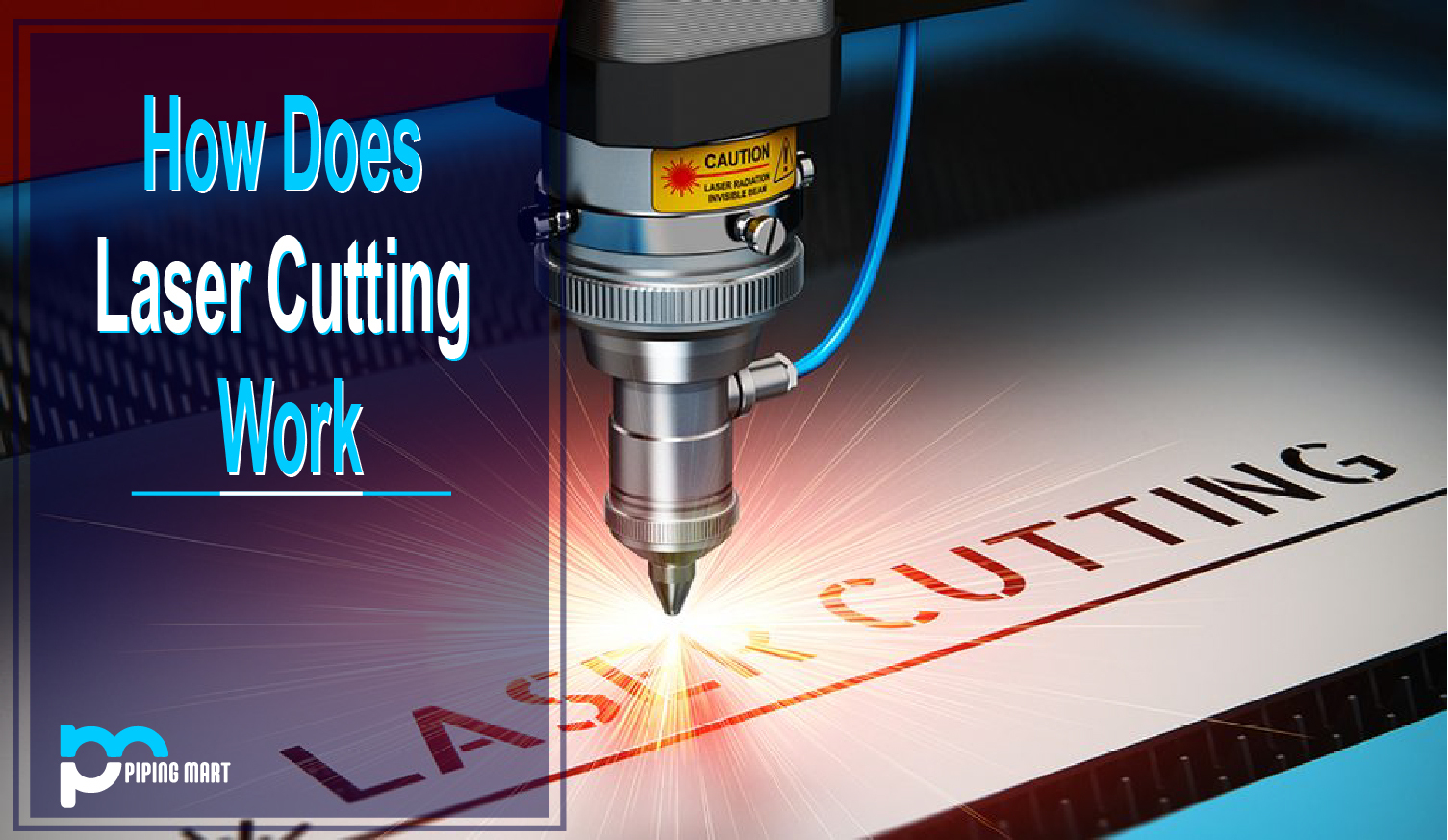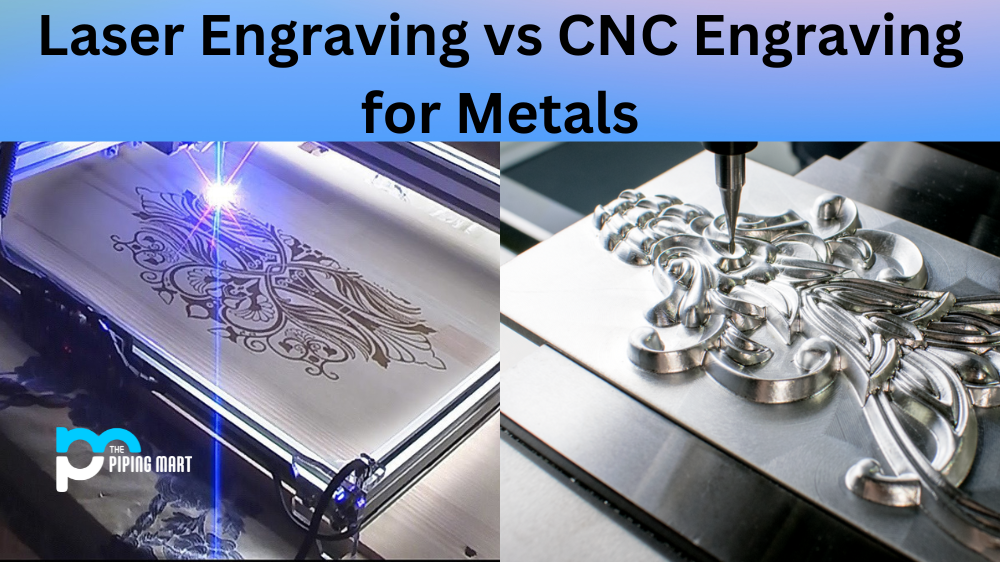Arc Stud Welding (SW) is a reliable and efficient method of welding that is used for many industrial applications. Utilizing the basic principles of electricity, arc stud welding can be used to join two pieces of metal quickly and with minimal distortion. To understand how SW works, it’s important to know its advantages and disadvantages. Let’s take a look at some of the pros and cons of this process.
Advantages of Arc Stud Welding (SW)
The primary benefit of arc stud welding is its speed and efficiency. This process can be completed in a fraction of the time that other welding processes require, making it an ideal method to use when working on large projects or with multiple pieces that need to be joined together. Additionally, SW requires very little set-up time, which makes it easier for welders to get right to work without any significant delays. Another great advantage to using SW is that it produces a cleaner weld due to the short duration in which the heat is applied, resulting in minimal distortion or warping around the weld joint area. Finally, because no filler material is used during the process, there is less risk of contamination from foreign materials entering the weld joint area.
Higher Quality Welds
One of the primary advantages of arc stud welding is that it produces higher-quality welds than other methods of welding. This is due to the fact that arc stud welding uses an electric arc to heat the metal, which creates a stronger bond between the two pieces of metal. Additionally, arc stud welding is less likely to cause warping or distortion of the metal.
Faster Welding Process
Another advantage of arc stud welding is that it is a faster welding process than other methods. This is due to the fact that the electric arc used in arc stud welding heats the metal more quickly than other methods, such as gas welding. As a result, arc stud welding can save time and money by reducing the overall welding time.
Greater Control over Welding Process
Another advantage of arc stud welding is that it offers greater control over the welding process. This is due to the fact that the welder can control the amount of heat and pressure applied to the metal, which allows for more precise welds. Additionally, arc stud welding offers greater control over the direction of the weld, which can be important for certain applications.
Requires Less Skill
Arc stud welding also requires less skill than other methods of welding. This is due to the fact that arc stud welders are able to automatically control the amount of heat and pressure applied to the metal, which eliminates the need for manual adjustment. As a result, arc stud welders can be used by people with less experience or training.
Safer Welding Process
Arc stud welding is also a safer welding process than other methods. This is due to the fact that arc stud welders do not use open flames, which can be dangerous in enclosed spaces. Additionally, arc stud welders produce fewer fumes and smoke than other types of welders, making them safer for both workers and bystanders.
Disadvantages of Arc Stud Welding (SW):
Although this process offers many advantages over other welding techniques, there are some drawbacks as well. For instance, there are certain types of materials that are not suitable for this type of welding, such as aluminium or brass alloys, as these materials require higher temperatures than what can be achieved through SW. Additionally, since no additional filler material is used during this process, there can be more porosity within the weld joint area which may lead to a weaker joint overall compared to other processes like MIG or TIG welding. Finally, because SW relies on electrical currents passing through a specially designed gun-shaped device, there is always a risk of electrocution if proper safety precautions are not taken during operation.
Limited to Smaller Projects
One of the primary disadvantages of arc stud welding is that it is limited to smaller projects. This is because the welder must be able to hold the electrode in one hand and the torch in the other, which can be difficult to do for larger projects. Additionally, arc stud welding is not well suited for projects that require a high degree of accuracy, as it can be difficult to control the weld bead.
Requires Specialized Training
Another disadvantage of arc stud welding is that it requires specialized training. This is because arc stud welding uses a different process than traditional welding, which means that welders must be properly trained in order to use this method safely and effectively. Additionally, arc stud welding equipment can be expensive, which can make it cost-prohibitive for some businesses.
It Can Be Time-Consuming
Another disadvantage of arc stud welding is that it can be time-consuming. This is because each weld must be made individually, which can add up to a significant amount of time for larger projects. Additionally, arc stud welding generally requires more cleanup than other methods, as the weld beads tend to be larger and more irregular.
Not Always Appropriate for All Metals
Arc stud welding is also not always appropriate for all metals. This is because some metals, such as aluminium, are not well suited for this type of welding due to their properties. Additionally, certain metals may require special electrodes or gas mixtures in order to weld properly, which can add to the cost of the project.
Potential Health Hazards
Finally, arc stud welding also has the potential to create health hazards. This is because the process emits harmful ultraviolet rays, which can cause skin cancer. Additionally, arc stud welding produces fumes and smoke that can contain harmful toxins, such as lead and cadmium.
Conclusion:
Overall, arc stud welding (SW) offers many advantages over other traditional methods like MIG or TIG welding making it an ideal option for many industrial applications where speed and efficiency are key factors. However, it’s important to consider both the pros and cons before deciding if this process will work best for your particular project needs, as certain types of materials may not be suitable for SW, and safety must always come first when dealing with electrical currents passing through devices like these guns. Whether you decide that SW fits your needs or not, hopefully, this guide has given you enough information so you can make an informed decision about your next project’s requirements!
Meet Heer, a dynamic and driven writer learning tricks of her trade in the metal industry. With a background in Digital Marketing, Heer brings a unique perspective to her writing, sharing valuable insights. Apart from blogging she like reading and hiking.




